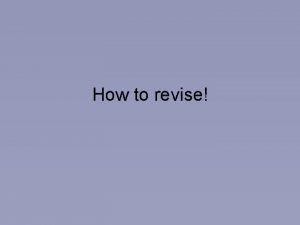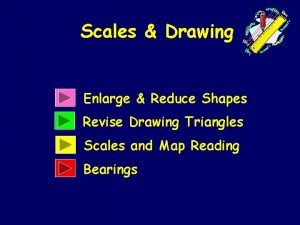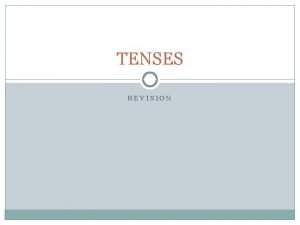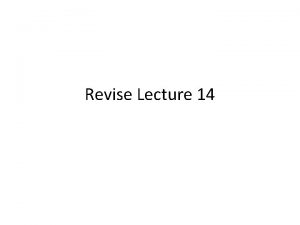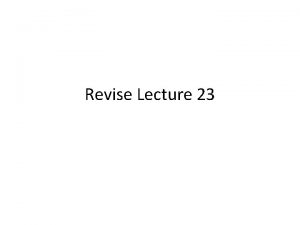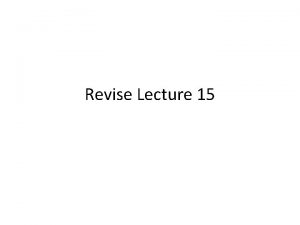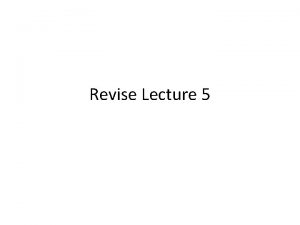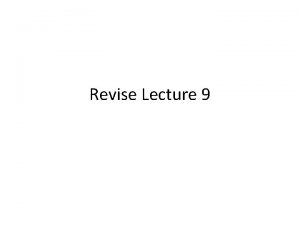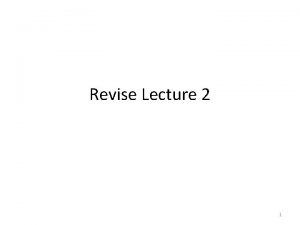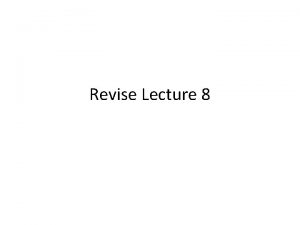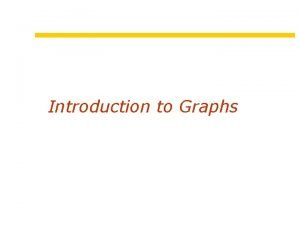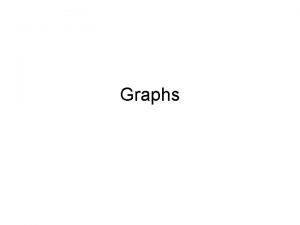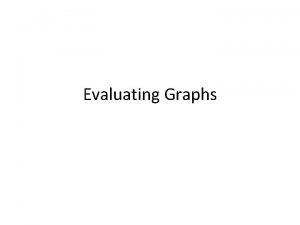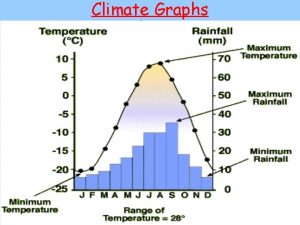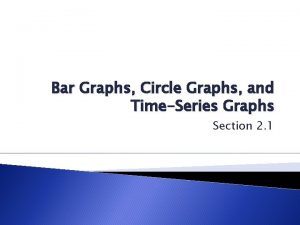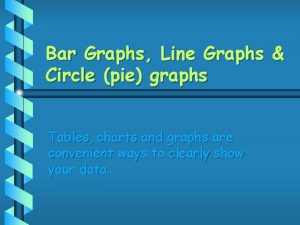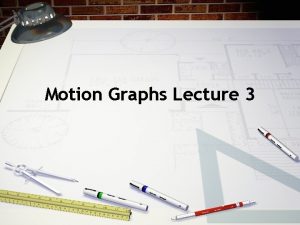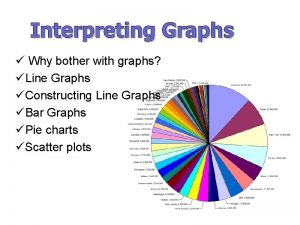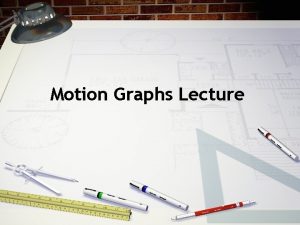What we will do today Revise graphs of

























- Slides: 25

What we will do today: • Revise graphs of motion (eg velocity time graphs) • Describe the motion of an acceleration-time (a-t) graph. • Draw a-t graphs from the information obtained from v-t graphs.

Velocity – time graphs • • In your jotters draw the following vt graphs: Constant velocity. Constant acceleration. Constant decelaration.

Graphs of Motion

Note that in the following graphs, a = acceleration v = velocity s = displacement Just as the area under a speed-time graph gives the distance travelled, The area under a velocity-time graph gives the displacement.

Graphs Showing Constant Acceleration a 0 v t 0 s t 0 t

Graphs Showing Constant Velocity a 0 v t 0 s t 0 t

Graphs Showing Constant Deceleration a v 0 s t 0 t

Example • a) b) The following v-t graph is produced for a moving body: Describe its movement at each point. Draw the corresponding a-t graph (values must be included).

Solution (a) AB – const accn. from 0 – 10 ms-1 in 2 s. BC – const vel. of 10 ms-1 for 2 s. CD – const decn. from 10 – 0 ms-1 in 1 s. DE – body is stationary for 3 s. EF - const accn. from 0 – 8 ms-1 in 2 s in opposite direction. FG – const vel. of 8 ms-1 for 3 s in opposite direction. GH – const decn. from 8 – 0 ms-1 in 1 s in opposite direction.

Solution (b) • BC, DE, FG – all constant vel. therefore no accn. • Use a = v – u / t for all other accn. • • AB: 10 – 0 / 2 = 5 ms-2 CD: 0 – 10 / 1 = - 10 ms-2 EF: -8 – 0 / 2 = - 4 ms-2 GH: 0 - (-8) / 1 = 8 ms-2

Solution (b)

2003 Qu: 2

2009

2008 Qu: 22(b)

2008 Qu: 22(b)

2006 Qu: 3 (A standard)

Bouncing ball • When a ball is bouncing it is constantly changing direction. • As it travels downwards it starts at 0 but accelerates due to gravity (increasing its velocity) until it hits the ground and changes direction. • As it moves upwards it has a high initial velocity that slows down to 0 at its maximum height. • A v-t graph for a bouncing ball will show motion both above and below the horizontal axis to show the constant change in direction.

Bouncing ball simulation

Example • Draw a v-t graph for the following scenario: • A girl fires a ball vertically into the air from the ground. The ball reaches its maximum height, falls, bounces and then rises to a new, lower, maximum height.

Example

Example

Example

Directions of travel • In our example we used the following: 1. Above the horizontal axis as travelling upwards 2. Below the horizontal axis as travelling downwards • Be aware that questions may also use the opposite of the above. • The key thing to remember here is that when the graph crosses the horizontal axis this means the object has changed direction ie changing from up to down.

2000 Qu: 3

2002 Qu: 2
 Which two graphs are graphs of polynomial functions?
Which two graphs are graphs of polynomial functions? Good and bad state graphs in software testing
Good and bad state graphs in software testing Comparing distance/time graphs to speed/time graphs
Comparing distance/time graphs to speed/time graphs Graphs that enlighten and graphs that deceive
Graphs that enlighten and graphs that deceive Real life misleading graphs
Real life misleading graphs Today is class
Today is class Today's lesson or today lesson
Today's lesson or today lesson Meeting objective
Meeting objective Galton details
Galton details For today's meeting
For today's meeting Today's lesson or today lesson
Today's lesson or today lesson Lets revise
Lets revise Present simple remember
Present simple remember Assure lesson plan
Assure lesson plan How to revise for english language
How to revise for english language What is proofreading
What is proofreading How to revise and remember
How to revise and remember Dis prefix definition
Dis prefix definition Helping students revise knowledge
Helping students revise knowledge How to revise english literature gcse
How to revise english literature gcse English language paper 1 macbeth
English language paper 1 macbeth How long should i revise for
How long should i revise for Revise drawing
Revise drawing What does revise mean
What does revise mean Revise present simple
Revise present simple Revise well
Revise well
















